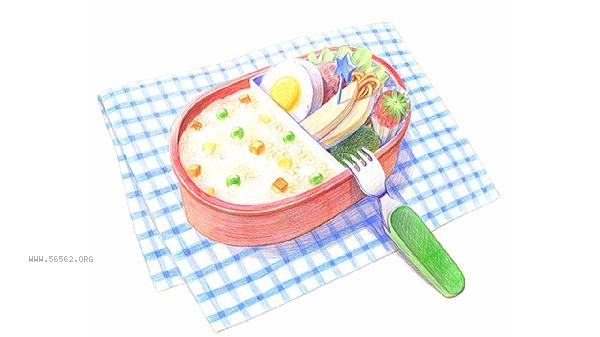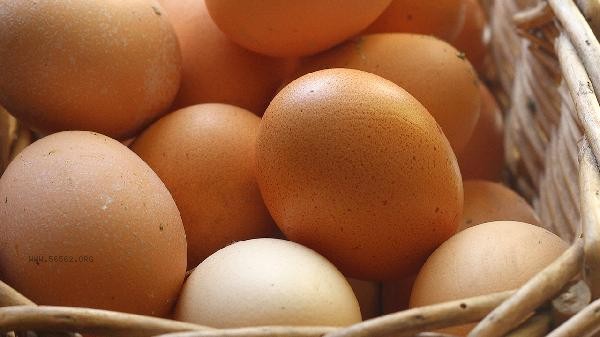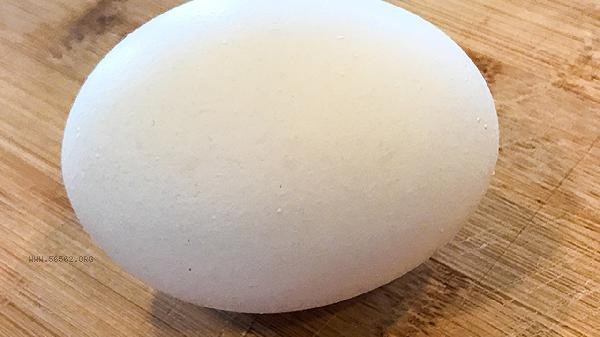The key to keeping the poached eggs together is to control the water temperature, the way the egg mixture is poured into the pot, and the heat. The main methods are selecting fresh eggs, turning down the heat after base note, adding a small amount of white vinegar, maintaining the water level with a deep pot, and shaping with the help of a spoon.

1. Choose fresh eggs
Fresh eggs have high egg white viscosity, good yolk membrane toughness, and are not easily dispersed after entering water. Eggs stored for more than a week will have thinner egg whites. It is recommended to choose eggs with a production date within 3 days. refrigerated eggs need to be warmed up in advance, as excessive temperature differences can cause the eggshell to crack.
2. Turn down the fire after the water boils down. Boiling on high fire will produce intense water flow to disperse the egg mixture, while insufficient water temperature can cause the protein to solidify too slowly. Keeping the water temperature around 90 ℃ can quickly coagulate and wrap the egg yolk.
3. Add a small amount of white vinegar
Add 5 milliliters of white vinegar to 500 milliliters of water. An acidic environment can accelerate the denaturation and coagulation of egg white proteins. Excessive vinegar can affect the taste, it is recommended to use rice vinegar or lemon juice as a substitute. This method is particularly suitable for making soft boiled eggs, as it can form a smooth and complete protein coating.
4. Keep the water level in a deep pot

Select pots with a depth of more than 8 centimeters, and the water should completely submerge the eggs. Shallow pots are prone to spreading the egg mixture due to insufficient water level, while deep pots can provide even thermal circulation. During the cooking process, a spoon can be used to gently push the edges of the egg whites to help shape them.
5. Use a strainer to shape the egg.
First, pour the egg into the strainer to filter out loose egg white, and then slowly slide it into the pot. You can also use a circular frying egg mold to fix the shape, or use a specialized egg boiler. This method can filter out easily dispersed thin egg whites and retain the thick protein part for easier shaping.
In daily production, you can first pour the eggs into a small bowl and then slide them into the pot to avoid direct hatching and splashing of the egg mixture. The cooking time should be controlled at 3-5 minutes, as too long can cause the egg yolk to become hard. When paired with toast, a little black pepper can be sprinkled to enhance the flavor, but hypertensive patients should reduce the addition of sodium salt. If batch production is required, it is recommended to cook in batches to avoid sudden drops in temperature inside the pot.









Comments (0)
Leave a Comment
No comments yet
Be the first to share your thoughts!